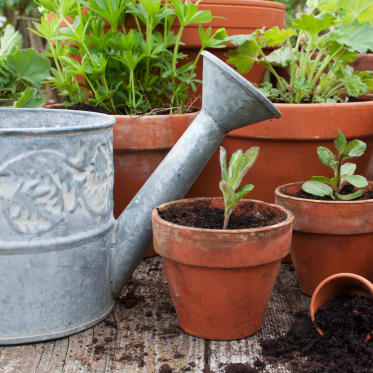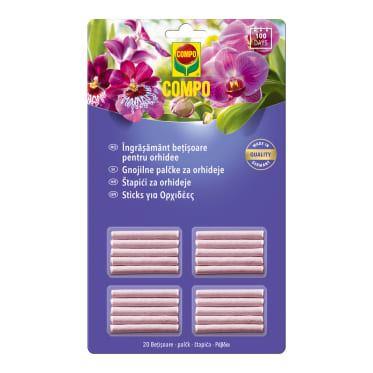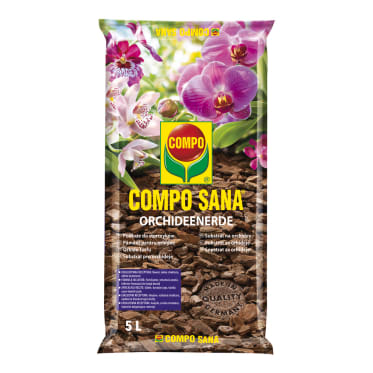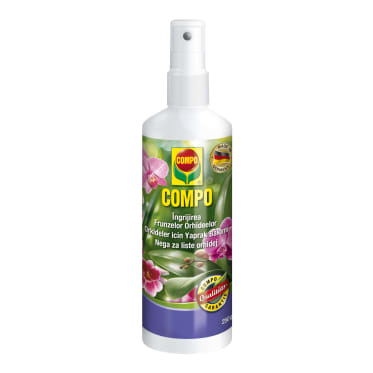Frequent search terms
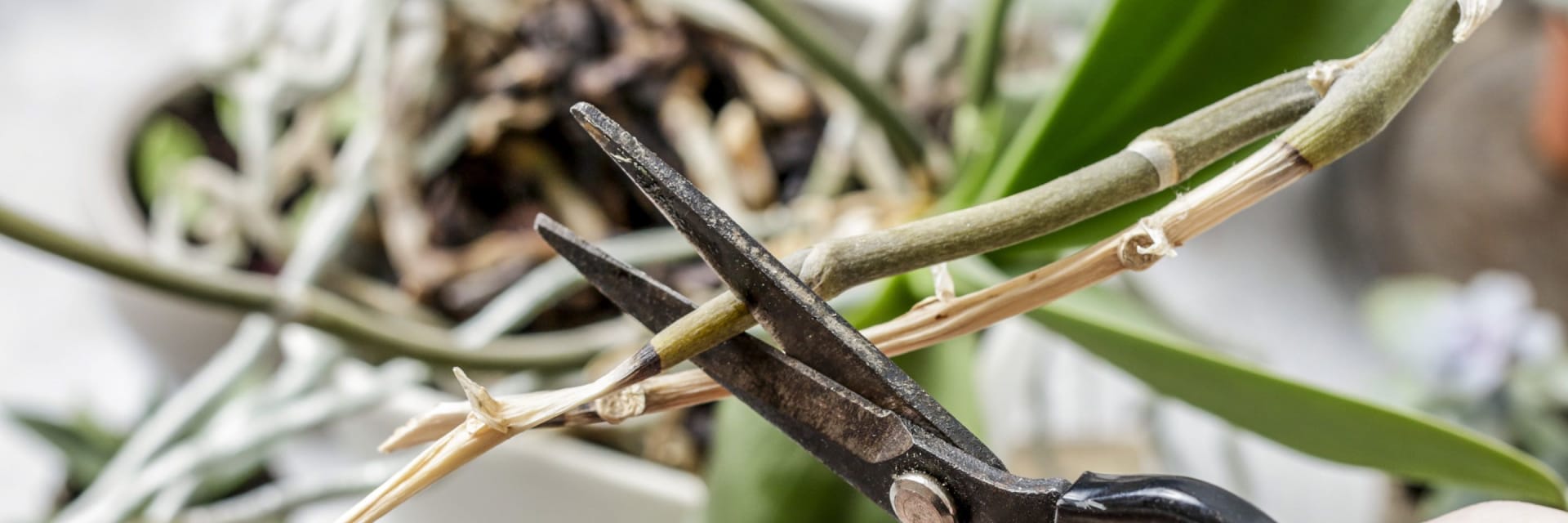
- COMPO
- Guide
- Plant Care
- Indoor plants
- Overwintering orchids
Care tips to protect against warm air from heating and lack of light
Overwintering orchids
For many plant lovers, orchids quite simply belong on the windowsill – but something that seems so self-evident to us is an enormous challenge for this tropical plant. In their native country, orchids get up to eight hours of sun per day, even in the winter months. But here, we are lucky to get just one hour of sun with the wet and cold weather. Added to that there is the dry air from heating and icy draughts coming from outside to contend with, so it's no wonder that many orchids emerge from their winter sleep looking worse for wear. In this article, we show you what to keep in mind when overwintering orchids to ensure that the plants quickly bloom again in the spring.
How to keep the tropical plant comfortable
The four biggest challenges faced when caring for orchids in the winter
Problem No. 1
Lack of light

Hibernation? Orchids from the tropics don't really have this and are often still in full bloom when the days on the windowsill suddenly become shorter. If you want it to stay that way and stop your orchid from entering the dormancy phase completely, it is usually only an additional light source in the form of a daylight lamp that will help. If you think the power needed is not worth it for the winter bloom, then you can give your plant a helping hand and move it to a light windowsill. In the summer, south-facing windows are far too hot for orchids. But the extra sunlight is a real blessing in the winter. Don't forget to put the plant back in its summer location in May.
Nevertheless, your orchid may shed all its flowers and buds a few weeks into winter and enter the dormancy phase. So, what's the best thing you can do for your orchid in this situation? Take a step back! Do not try to wake the plant during the dormancy phase by watering it excessively or even fertilising it, as this will cause permanent damage. Your plant will reward you in the spring with new buds and flowers.
Problem No. 2
Watering

There is no universal rule for watering orchids correctly in the winter.
Your orchid has kept its flowers? If the plant is in a sunny location or even has a daylight lamp and still has buds and flowers, then you can water it as you did in the summer – it can even be fertilised sparingly. If it is placed above a radiator, it is advisable to regularly check moisture levels in the pot as a lot of water can evaporate as a result of the dry air in the room.
As orchids are used to high humidity levels in their natural habitat, they won't like the low humidity in your living room in the winter at all. There is a simple trick you can use to make your plant more comfortable. In addition to your normal watering routine, dip your orchid in tap water that is low in lime every few days to wet the roots with a little moisture. This will enable the houseplant to offset the dry indoor air in the root area more effectively.
Your orchid has shed everything and entered the dormancy phase? If your orchid is in a rather cool location and has entered the dormancy phase, it hardly needs watering at all. The plant's metabolism slows down so much that it can hardly absorb any water that you give it. To be on the safe side, it is a good idea to regularly check that enough water has settled on the inside of the transparent plastic pot. Generally speaking, watering an orchid sparingly every 3-4 weeks is sufficient during the dormancy phase.
Problem No. 3
Warm air from heating

Desert climate for the tropical plants – dry air from heating puts orchids under severe stress in the winter. A good orchid environment has air humidity of 60-90%, but levels in the winter are usually only around 40% in our homes. Spider mites are the greatest threat to the health of orchids when air humidity levels are low.
The problem is that the pests and their white threads go undetected on the underside of leaves for a long time, where the mites suck the last moisture reserves out of the plant undisturbed. If heavily infested, the leaves of your orchid will quickly turn brown-black and the plant will die. A single spider mite can bite a leaf up to 20 times a minute, and the plants, which have been weakened by a lack of light, cannot survive this for long. Prevention is your best option in such cases.
Special leaf care sprays for orchids ensure that the room climate around the plant stays humid during the winter and make it unappealing to spider mites, who like it warm and dry. Apply the product once a week to minimise the risk of your orchids becoming infested with spider mites. Dirt and dust should be regularly wiped off the leaves with a damp cloth.
Problem No. 4
Temperature

Your orchid isn't blooming again after the winter? If an orchid has survived the winter months in good shape but does not bloom over the summer, it might be placed in a location that is always too warm. Most orchid species are comfortable in room temperatures of 23-30 °C; 18-23 °C is sufficient in the winter. Nevertheless, in their natural environment the plants are accustomed to temperatures fluctuating between night and day. If your orchid is placed above a radiator with a thermostat that maintains a steady temperature throughout the winter, the plant will miss out on a little 'low-temperature stimulus' in the long run.
So, should I open the window wide more often in December? Please don't! Even temperatures between 15 °C and 18 °C are a little chilly for the tropical plants. The temperature should never drop below 14 °C for a prolonged period for orchids. If there is enough light, a drop in temperature can cause orchids to produce flowers again. Place your orchid by a bright window in the hallway for a few weeks.
This might also interest you
Orchid care products






